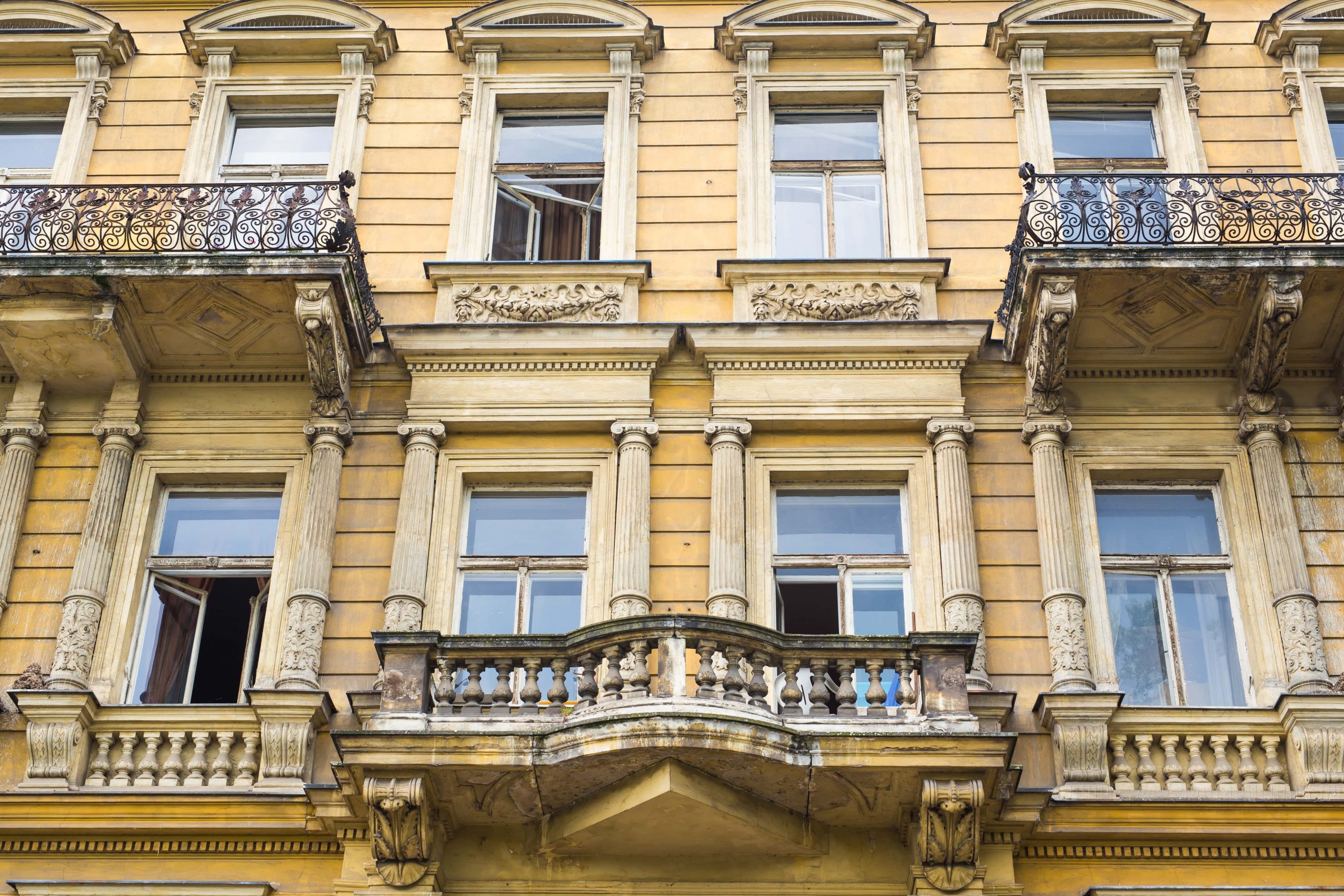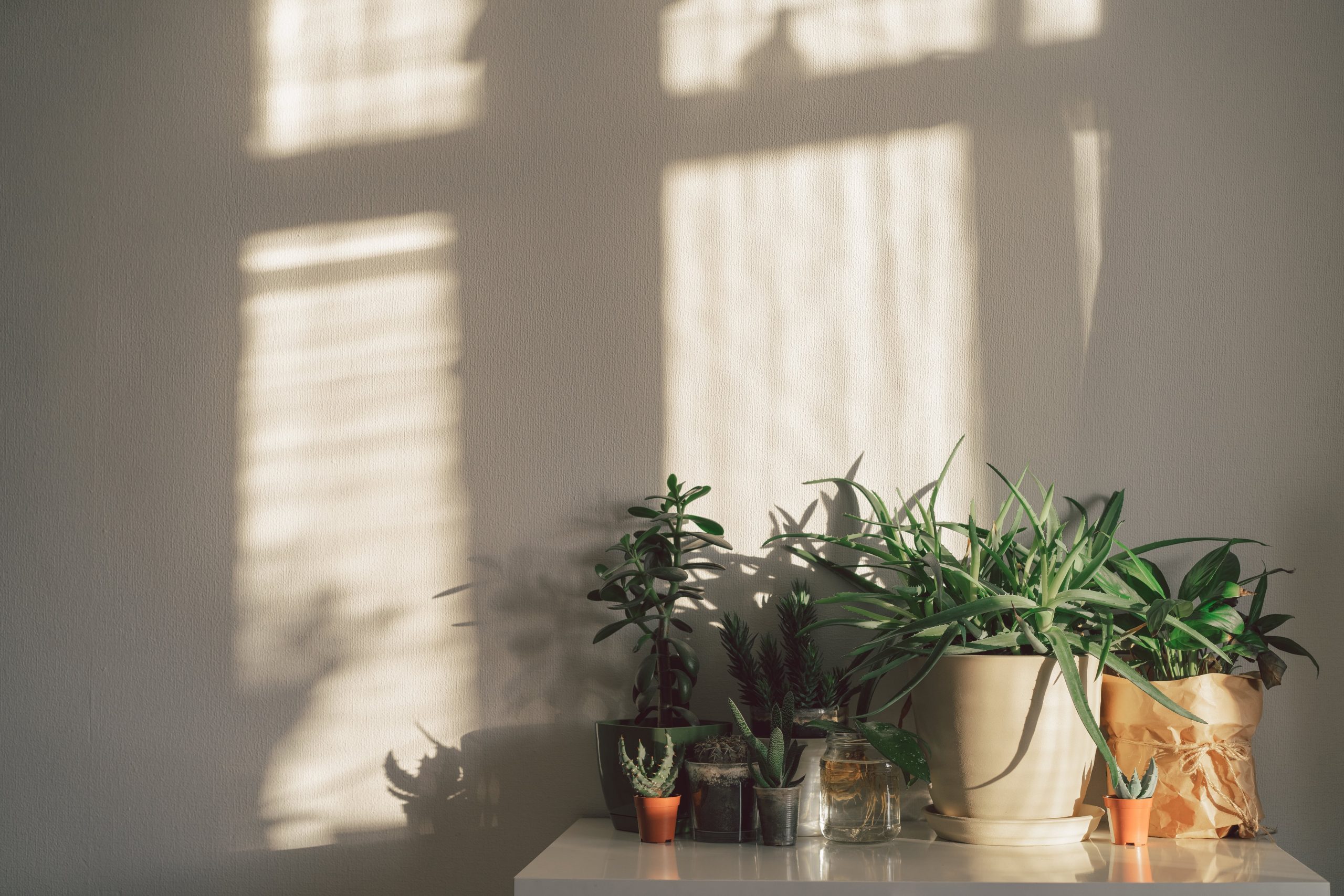A lot of people like the classical style of house design because it combines traditional and modern elements in a way that makes the home look big and classy.
Classical house design includes a lot of different things, like the materials used on the outside, the features inside, and the way the house is built. This guide will help you understand these unique features so you know what to look for when you buy a new home or update an old one.
A front door with a porch and columns in the Classical order (Ionic, Doric, or Corinthian) is a common trait of classical design. The roof is usually side-gabled with a triangular peak and it usually features windows at its center.
Another hallmark feature of Classical architecture is a pediment, an arch-shaped structure attached to the front facade. This type of construction recalls Roman temples and Greek temples which served as inspiration for Classical architecture.
A pediment can be decorated or left bare, depending on the style. Not only does it adorn the facade of a building, but it may also be found at the top of an entry door.
Symmetry and proportions are central elements in Classical architecture, as they ensure all elements should be equal in size and shape. This design principle serves to distinguish a building from its environment while creating an overall sense of balance and harmony.
Traditionally, this style was constructed using brick and stone. Nowadays, however, it’s more common to find homes constructed out of wood or concrete.
Classical architecture can be identified by the presence of columns and ornamentation on its front facade. Columns in this style often feature ornate capitals as well as carvings depicting flowers or leaves.
Classical architecture also includes smaller structures like porches and gazebos that are attached to the front of the main building, giving them their own distinct appearance even though they aren’t considered part of it.
These structures are usually decorated with decorative moldings and boxed eaves to add to the charm of a porch or gazebo. Similarly, front doors may have decorative door surrounds and broken pediments for added impact.
Classical house designs tend to be symmetrical, with columns evenly spaced and placed at each corner of the building. Similarly, the front door of such a structure would be central and surrounded by windows.
Classical buildings usually feature a central staircase leading to all floors of the building, making it easy for patrons to navigate from one floor to the next – an essential feature of this style.
Classical architecture’s timeless symmetry and proportions make it a popular choice for homeowners seeking an ageless design that can be tailored to fit any lifestyle or budget. With timeless appeal, classical architecture offers timeless beauty that will last through the ages.


